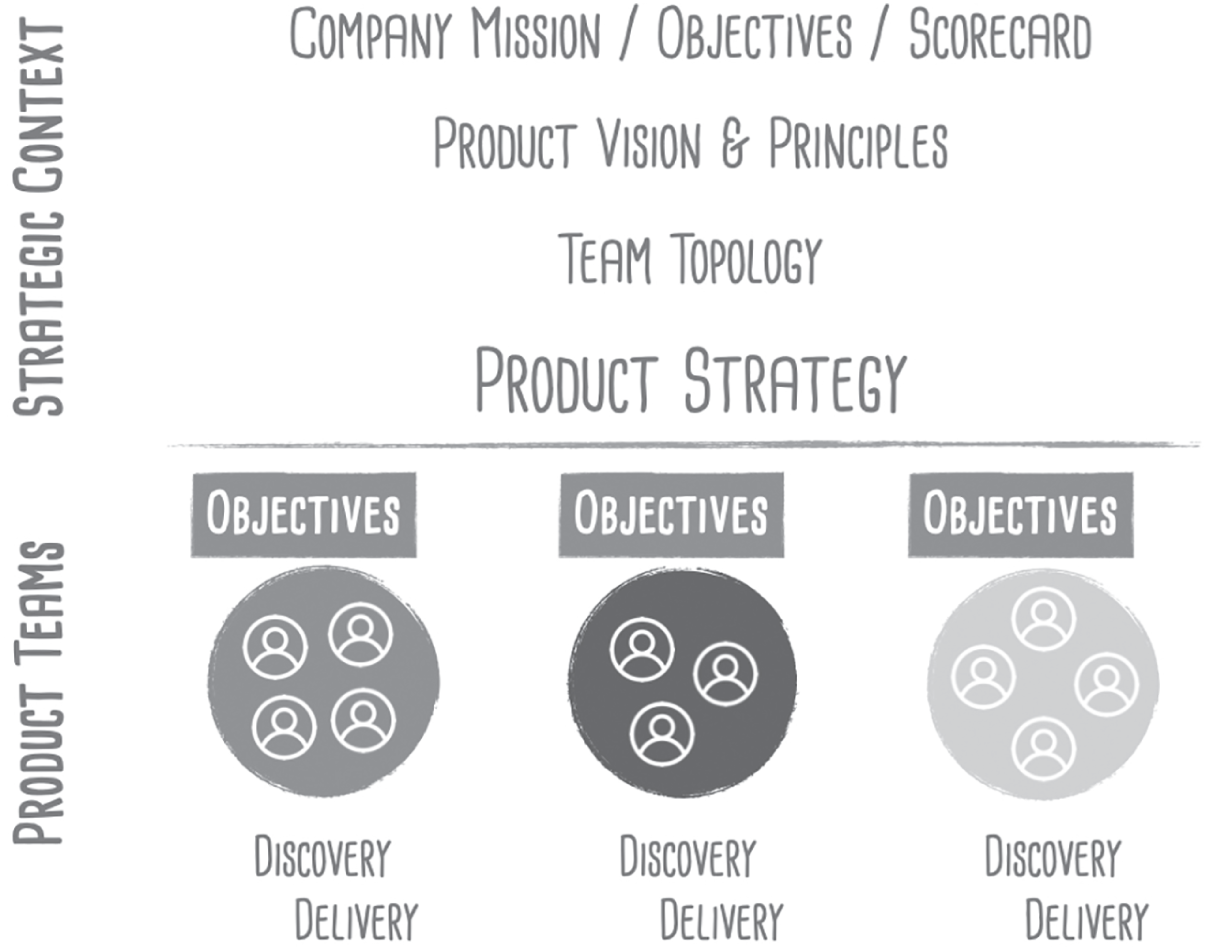PART VIITeam Objectives

I've been a vocal advocate for the OKR (objectives and key results) technique for many years, but it's no secret that, for most companies that have given it a try, the results have been disappointing.
As I see it, there are three fundamental reasons for this.
Feature Teams vs. Product Teams
If the company is still using feature teams, as most unfortunately are, then the OKR technique is going to be a cultural mismatch, and almost certainly prove a waste of time and effort.
The OKR technique came from companies that had empowered product teams in their DNA. OKRs are first and foremost an empowerment technique.
The main idea is to give product teams real problems to solve, and then to give the teams the space to solve them.
This goes right to the core of enabling ordinary people to create extraordinary products.
Yet the telltale sign of mismatch out there is that companies think they can “check the empowerment box” by giving the team objectives, yet still continue to tell them the solutions they are supposed to deliver—nearly always in the form of a roadmap of features and projects with expected release dates.
Manager's Objectives vs. Product Team Objectives
The second issue is that the purpose of a cross‐functional, empowered product team is to work together to solve hard problems.
Yet, in so many companies, each manager—the manager of engineers, ...
Get EMPOWERED now with the O’Reilly learning platform.
O’Reilly members experience books, live events, courses curated by job role, and more from O’Reilly and nearly 200 top publishers.

